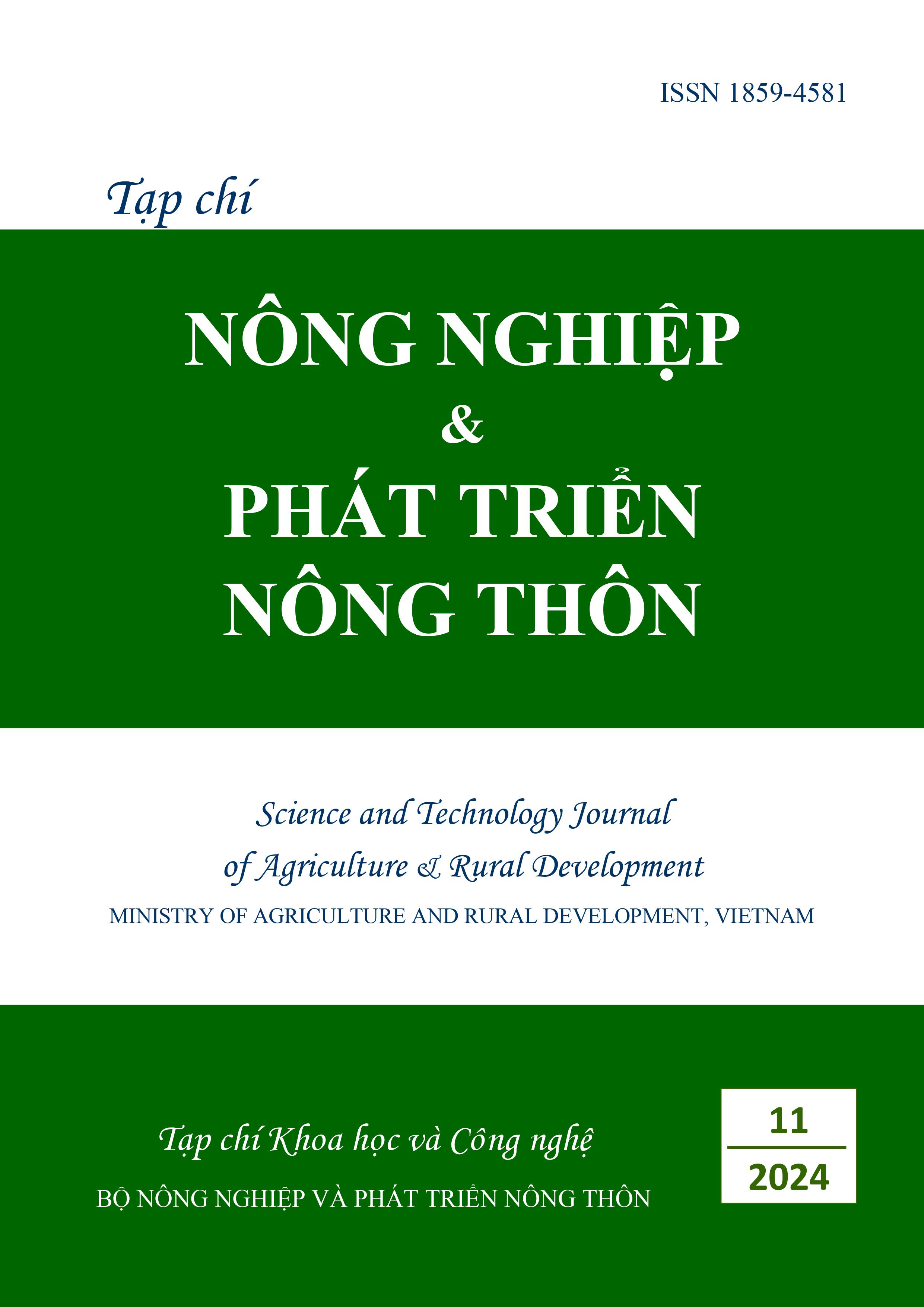THE EFFECT OF CARBOXYMETHYL CELLULOSE ADDITION ON PROPERTIES OF UREA FORMALDEHYDE RESIN AND PLYWOOD
DOI:
https://doi.org/10.71254/8h4r3p82Keywords:
Carboxymethyl cellulose (CMC), urea-formaldehyde resin, adhesive modificationAbstract
Urea-formaldehyde (UF) resin plays an important role in plywood production. The quality of plywood is closely related to the adhesive quality used. In this study, Carboxymethyl cellulose (CMC) was introduced into the UF resin synthesis process to improve some properties of it. Experimental results show that when different amounts of CMC were added (ranging from 0 - 0.5% relative to the total amount by weight of UF), the properties of the UF, such as solid content, gel time, viscosity of the resin, and mechanical strength of plywood, including shear strength, and modulus of rupture, change significantly with positive trends. Specifically, as the CMC ratio increases, the solid content and viscosity of the resin increase too, while the shear strength and modulus of rupture of plywood show less important changes. However, the study also indicates that exceeding a CMC ratio of 0.5% adversely affects the quality of plywood.






